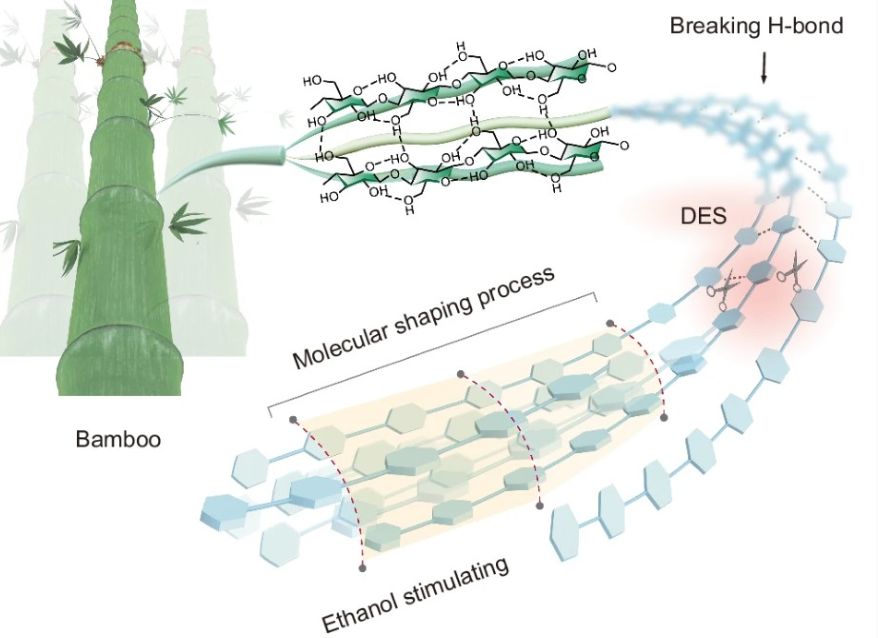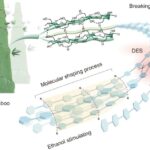Rethinking Dark Matter: Could Changing Constants Explain Galaxy Rotation Curves?
What Challenges the Idea of Dark Matter?
Galaxy rotation curves have long puzzled scientists because stars in many spiral galaxies orbit at speeds that suggest there is much more mass than we can see. This led to the idea of dark matter, an invisible substance thought to make up a large part of the universe’s mass. However, despite extensive searches, scientists have yet to directly detect dark matter particles. This has led some to consider rethinking dark matter as a concept entirely.
Recent studies observed some distant galaxies where rotation speeds decline with distance, unlike nearby galaxies, where they appear flat. These differences raise important questions about how universal the concept of dark matter really is. Additionally, a new class of dwarf galaxies appears to lack dark matter entirely. This creates doubts, prompting a rethinking of the idea of existing galaxy formation theories based on this concept.
An Alternate Explanation: Covarying Coupling Constants
A fresh approach explores whether changes in nature’s fundamental constants could explain galaxy rotations without needing dark matter. This theory involves covarying coupling constants (CCC), which means certain cosmic parameters might vary together over time and space.
This approach suggests that what we call “dark matter” could actually be an effect of evolving constants in different regions of space — especially those with varying concentrations of ordinary baryonic matter. Researchers tested this by applying their model to data from SPARC (Spitzer Photometry and Accurate Rotation Curves), effectively rethinking dark matter in their analysis. It is a large database with detailed measurements from many spiral galaxies.
The Role of Baryonic Matter Density
The CCC theory predicts that regions with high baryonic density would exhibit lower illusory “dark” effects, while less dense areas would show stronger signs. This relationship might explain why rotation curves look flat in some galaxies but not others, depending on their local environments, and further support the rethinking of dark matter as merely an illusion caused by these cosmic variables.
Implications for Understanding Our Universe
If confirmed, this model could revolutionize how we understand both galaxy dynamics and the broader cosmos. It could do this by removing the need for unknown dark components. It also links well with other observations such as supernova brightness, cosmic microwave background measurements, and baryon acoustic oscillations. This happens without requiring dark energy. Overall, this could lead scientists to a significant rethinking of dark matter’s role in the universe.
A Step Toward More Unified Science
This research opens new doors for investigating cosmic phenomena through well-established physics combined with evolving cosmic parameters rather than adding mysterious substances. It supports ongoing efforts to explain complex astronomical data simply and elegantly, contributing to a broader rethinking of dark matter concepts.
Reference :
- Gupta, R. P. (2025). Testing CCC+TL Cosmology with Galaxy Rotation Curves. Galaxies, 13(5), 108. https://doi.org/10.3390/galaxies13050108
Additionally, to stay updated with the latest developments in STEM research, visit ENTECH Online. Basically, this is our digital magazine for science, technology, engineering, and mathematics. Further, at ENTECH Online, you’ll find a wealth of information.




